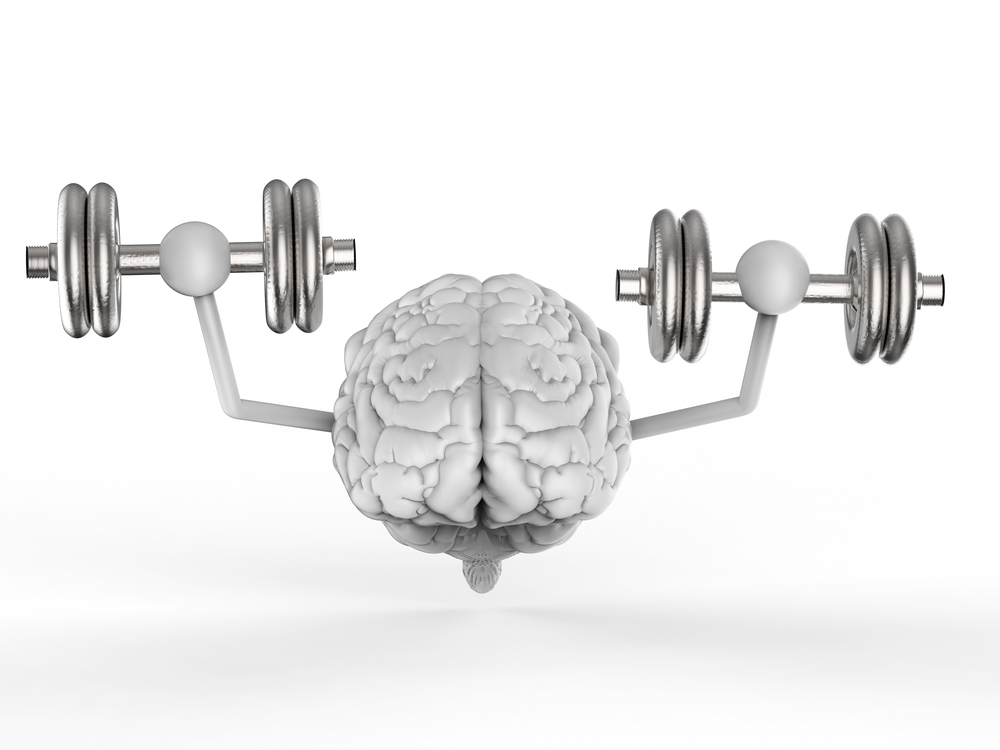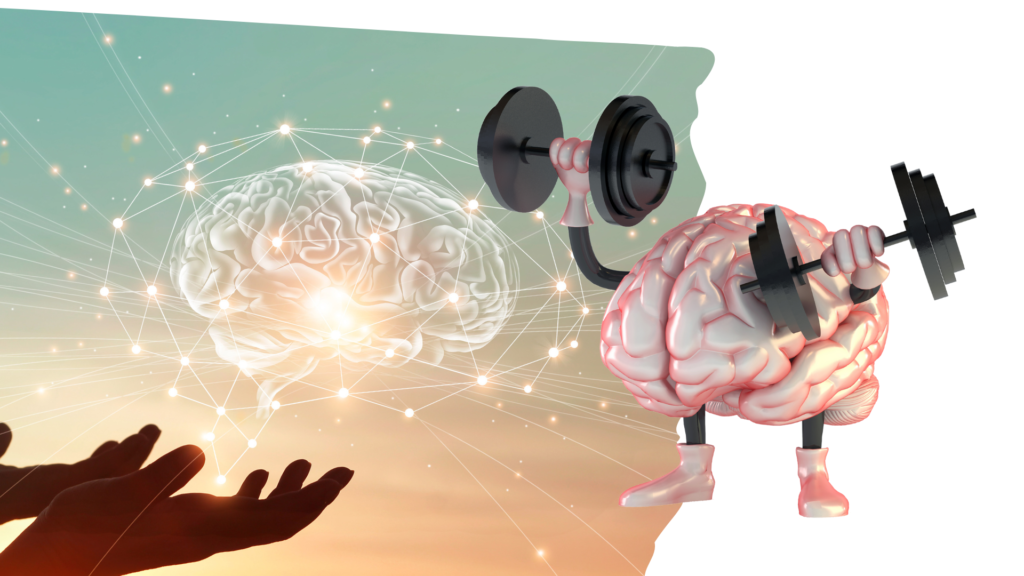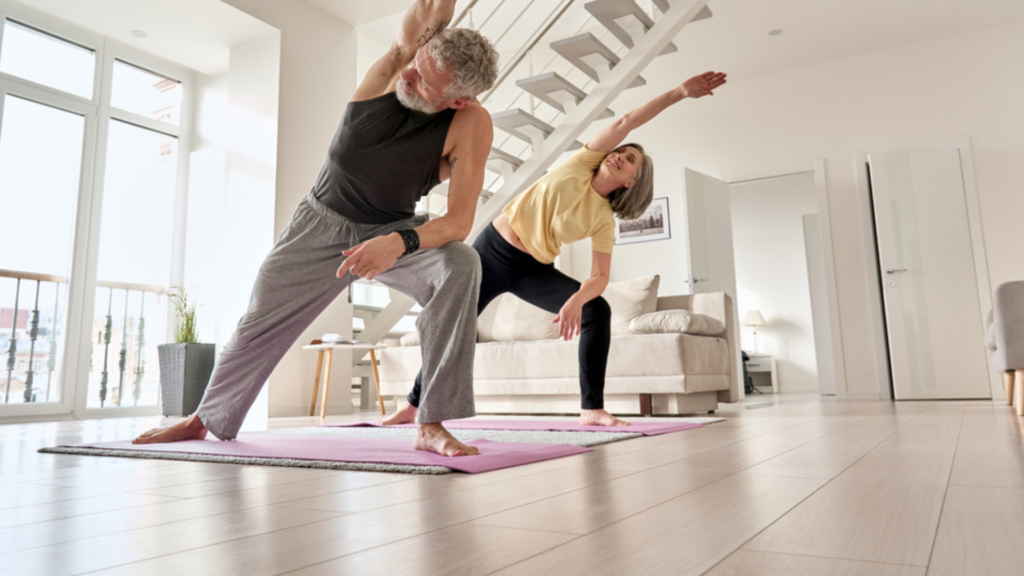The positive effects of physical activity on brain health in older adults
Introduction
As people age, it’s crucial to maintain good health, and physical activity is essential in achieving this. Not only does regular physical activity have well-known benefits for cardiovascular health and reduce the risk of chronic diseases, but it also plays a crucial role in preserving brain health and cognitive function in older adults. In this article, we’ll explore the benefits of physical activity for brain health in older adults and provide tips on how to incorporate regular exercise into daily routines.

Increase Blood Flow to the Brain
Research has shown that regular exercise can improve brain health by increasing blood flow to the brain. This increased blood flow brings more oxygen and nutrients to the brain, which can help improve brain function. As we age, our blood vessels naturally become less elastic, making it more challenging for blood to flow to the brain. By engaging in regular physical activity, we can help maintain healthy blood vessels and improve blood flow to the brain.
Stimulate the Production of New Neurons

In addition to improving blood flow to the brain, regular exercise can also stimulate the production of new neurons. The brain has the ability to create new neurons, a process known as neurogenesis, throughout life. Exercise can help stimulate this process, particularly in the hippocampus, a region of the brain important for learning and memory. By creating new neurons, exercise can help improve cognitive function in older adults.
Promote the Release of Brain-Derived Neurotrophic Factor (BDNF)
Regular exercise can also promote the release of brain-derived neurotrophic factor (BDNF), a protein that supports the growth and survival of neurons. BDNF is essential for the growth and maintenance of neurons in the brain, and regular exercise can help increase its production. By promoting the release of BDNF, exercise can help improve cognitive function and protect against age-related cognitive decline.

Effective Exercise for Cognitive Function
Aerobic exercise, such as walking, swimming, or cycling, has been shown to be effective in improving cognitive function, including attention, memory, and executive function, in older adults. Resistance training, such as weight lifting or bodyweight exercises, has also been shown to have positive effects on cognitive function and brain health in older adults. Incorporating a combination of aerobic and resistance training into an exercise routine can have the greatest benefits for cognitive function and brain health.
Benefits Beyond Brain Health
Regular physical activity has additional benefits beyond brain health in older adults. Improved balance, coordination, and mobility can help reduce the risk of falls and injuries. Exercise can also help manage chronic conditions such as arthritis, diabetes, and osteoporosis, which are more common in older adults. Additionally, regular exercise can have a positive impact on mental health and well-being. Exercise has been shown to reduce symptoms of depression and anxiety, improve mood, and enhance self-esteem in older adults.
Tips for Getting Started with an Exercise Routine
To get started with an exercise routine, it’s important to consult with a healthcare provider to ensure that any underlying health conditions are considered. A combination of aerobic and resistance training is recommended, with a focus on gradually increasing the intensity and duration of exercise over time.
Conclution
Incorporating physical activity into daily routines can be as simple as taking a brisk walk, joining a fitness class, or doing exercises at home. It’s important to find activities that are enjoyable and sustainable in the long term and to make physical activity a regular part of daily life.
FAQ
Q: How much physical activity is recommended for older adults?
A: It’s recommended that older adults aim for at least 150 minutes of moderate-intensity aerobic exercise per week.
Q: What are some effective exercises for improving cognitive function in older adults?
Aerobic exercise, such as walking, swimming, or cycling, and resistance
